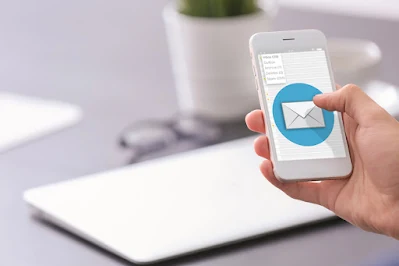
1. Choose the Right Hosting Platform
Your host platform matters a great deal if you want to manage a profitable blog. You can choose to blog on an independent website and pay for hosting it or you choose popular free website hosts like Blogger, Wix or WordPress. If you are just launching a blog, you must make hosting your top concern because aside the hosting fees you’ll have to pay if you are not using a free blogging platform, the blogging tools each host website makes available for your blogging activities are of immense importance for the success of your blog. They provide web security as well. This is hugely important because using insecure web host can seriously harm your blog. It is best therefore to use a web host that places a high priority on security particularly with servers that have security precautions like firewalls and routine website backups.
2. Set up Canonical URLs
Canonical URLs act like the “eyes” of search engines. They basically tell search engine algorithms which of your content pieces are most important and exactly what your post is about. Since you are likely to be blogging on the same niche, chances that you’ll be writing comparable content is very high. Because such content will be aiming for the same tagline, it is best to have a canonical URL for each piece. Therefore, setting up various URL types from scratch can be very useful for your blog. If however you are using a free-blogging platform like Blogger or WordPress, their in-house blogging tools will take care of most of your blogging requirements.
3. Use Visuals with Great Care
The use of visuals in a blog can be advantageous as well as disadvantageous. If you’re new to blogging, you need to take adequate care when using visuals in your content. It is not advisable to use just any images you come across online. If you do, you run the risk of infringing on copyrighted images. What is best to do is to strive to find websites that offer free photos and visuals. There, you’ll have unfettered access to high-quality images that you can use for free. Shutterstock or Pixabay are great places you can get free high-quality images you can safely use on your blog content. However, if you have the expertise and the right equipment, it is safer still to create your own images.

4. Closely Monitor the Performance of your Website
No matter how good your blog content is, if your blog website is not performing to par, your blog is not likely to get any traction. This is why you must monitor the performance of your website routinely. By thoroughly understanding how and where people access and use your website, it is easier for you to figure out whatever needs to be done on the site to enhance its performance. You’ll also be able to know what elements you need to add to the website for it to perform better. Try to avoid any guess work when taking vital decisions on your website. By using some great analytics tools like Google Analytics, you can find out exactly which are your most popular content and where your website visitors are coming from and much more. This tool also helps you to monitor visitor activity across your website, track customers and leads. The data generated by this tool enables you to determine what works well on your website and what needs fixing. Overall, you can always be in a better position to improve the general performance of your website if you monitor its performance well enough and with the right tools.
5. Invest in a Good Plagiarism Checker Tool
Plagiarism checker is one fine tool no serious blogger can afford to do without. With it, you can easily ascertain the originality of your content before posting it. This is hugely important because you can get penalized by search engines for posting duplicate content. Your blog content must be unique and original if you want to achieve great results with your blog. Most versions of plagiarism checkers operate quickly. That is one great advantage bloggers have if they use these checkers to quickly search the entire internet before posting content. If the checker Okays your content, you don’t have to worry about whether you plagiarized it or not even if per chance. All you need do as a blogger is, when you finish crafting your content, just upload the work to the software, and it will immediately run a complete plagiarism check on the material. This way, instead of re-reading your work and manually checking for plagiarism, you can save your precious time and effort by using plagiarism checker tool like Copyscape to help you out in a matter of seconds.
Wrapping Up
If you are new to blogging, use the foregoing tips faithfully. As you blog along, you’ll be able learn some more tactics/techniques along the way. Even if the niche you are blogging on is a bit saturated, you can get along fine and hold your own if you allow these tips to guide you. Make sure you post great content regularly and consistently when you get off your launch pad. With patience and determination, you too can become a blogging success with time.



























